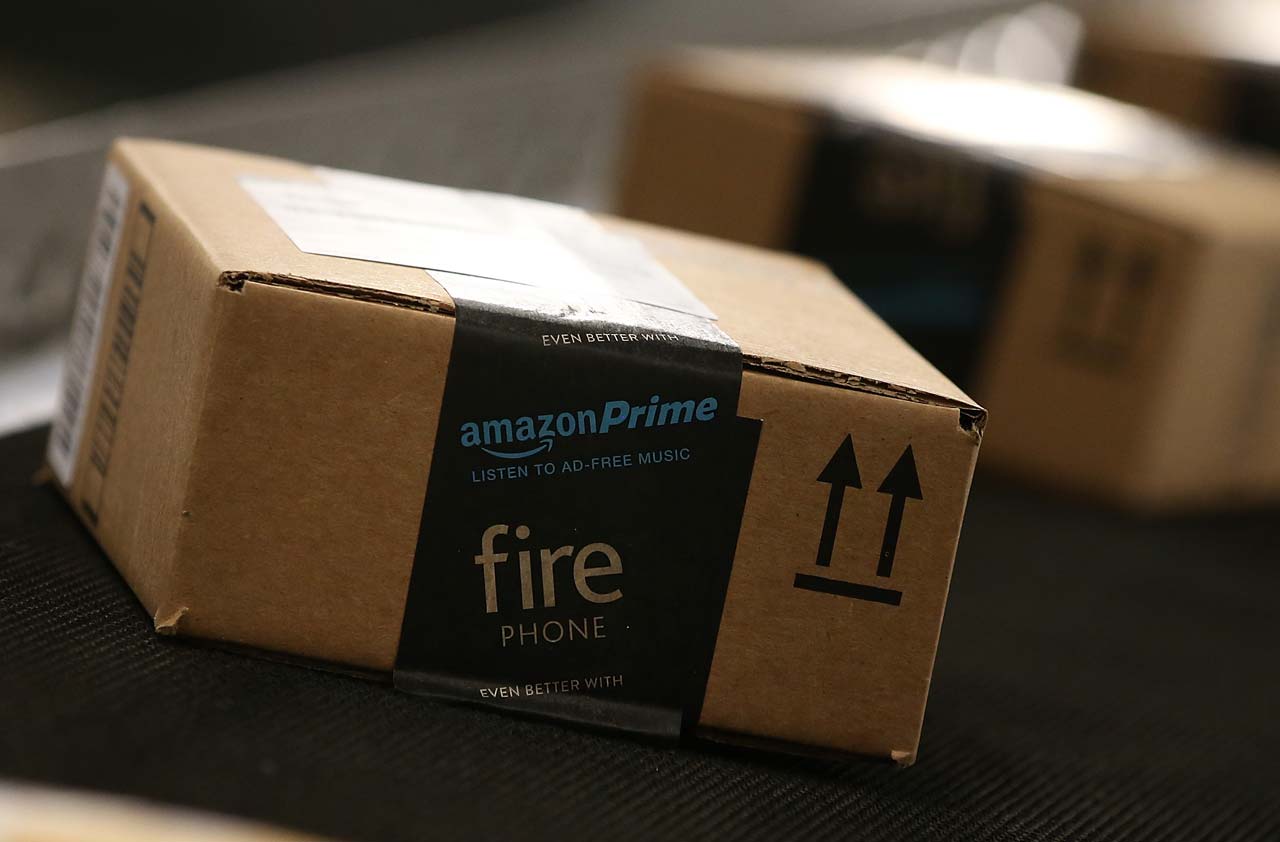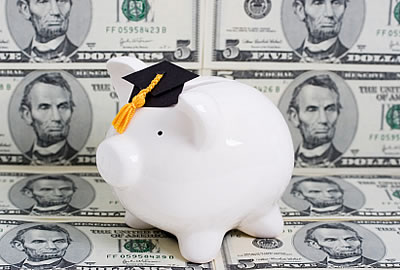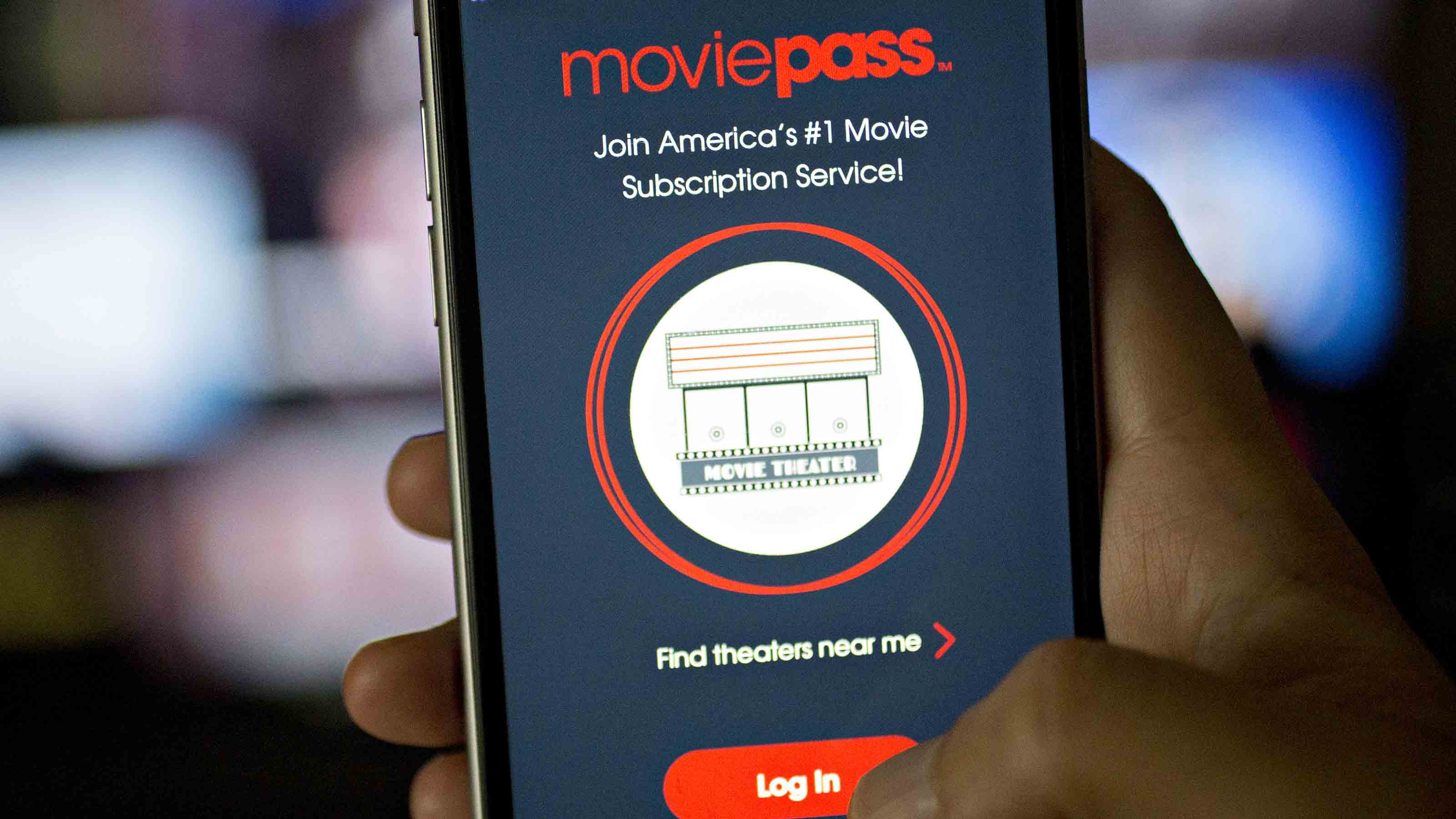12 Strategies to Score Back-to-School Savings
Here's how to avoid spending too much on clothing, electronics and school supplies.

The start of the school year is still a month away for many students across the nation, but plenty of families likely are already doing their back-to-school shopping. And they're likely to shell out hundreds of dollars if last year's school-related spending is any indication of what to expect this year. Families with children in kindergarten through 12th grade spent nearly $690, on average, on school-related items in 2012, according to the National Retail Federation. That's a hefty price tag for back-to-school shopping.
Families can keep back-to-school costs under control, though, by developing a shopping strategy. Here's how:
1. Take inventory of what your kids have. Don't assume that your kids have outgrown all their clothes and need a new wardrobe. Take the time to make them try on what is in their closet and drawers to figure out which clothing items they really need. Then plan on buying items that can easily be mixed and matched.

Sign up for Kiplinger’s Free E-Newsletters
Profit and prosper with the best of expert advice on investing, taxes, retirement, personal finance and more - straight to your e-mail.
Profit and prosper with the best of expert advice - straight to your e-mail.
2. Set a budget. Let your children know how much they can spend so they buy only what they need. You can motivate them to keep spending under control by telling them they can keep any cash they don't spend.
3. Share the cost. Ask children who receive an allowance or who have money from a summer job to chip in -- especially if they want to buy more than your budget allows. If kids are expected to help pay for back-to-school items, they'll be more price-conscious.
4. Time your shopping right. Retailers offer some of the year's lowest prices on pens, pencils and notebooks in August. For clothing, you'll find deep discounts on summer apparel now (and you can layer light-weight clothing with sweaters, jackets or long-sleeve shirts to carry kids into fall) and look for sales on Labor Day weekend. Also, 17 states exempt back-to-school purchases from sales taxes on certain days. See my guide to sales-tax holidays .
5. Shop online. You may be more tempted to overspend when shopping in a mall, where you're surrounded by so many options, tempting displays and impulse buys in the checkout aisle. If you shop online, you can give your kids a choice of just a couple of retailers that have coupon codes -- which you can get from sites such as CouponCabin.com, Coupons.com and CleverTeens.com -- and free-shipping offers (see FreeShipping.org).
6. Use price-comparison sites and apps. To make sure you're getting the best deal on a computer, electronic gadget or school gear (such as a backpack), use a price-comparison site or smart-phone app for in-store shopping. Amazon.com, PriceGrabber.com and Google Product Search are great sites for price comparisons. And we recommend Amazon Price Check (Android, iPhone), Google Shopper (Android, iPad, iPhone) and RedLaser (Android, iPhone, Windows Phone) for scanning barcodes while you're in a store to compare prices with other retailers.
7. Buy discounted gift cards. Buying a discounted gift card to use for your own shopping is a good way to score additional discounts. For example, buy a $100 Gap gift card for $90 (instant $10 savings). CardCash and Gift Card Granny sell merchants' gift cards for less than face value.
8. Check for student discounts. Some stores, such as Apple, offer discounts just for students. All it asks for is your name and school you are attending.
9. Sign up for e-mail or Twitter alerts from back-to-school retailers to know when their items go on sale.
10. Buy used. Textbooks are cheaper used (and even cheaper when you rent them). See How to Cut Your Textbook Costs in Half -- or More for Web sites that will help you get a deal on books. Also consider buying items such as computers refurbished rather than new.
11. Swap rather than buy. Outfitting your kids for school doesn't have to mean a trip to the store. Some kids will be content with clothing that is "new to them." For example, my younger daughter is usually pretty happy to get new clothes in the form of hand-me-downs from her big sister. So consider hosting a clothing swap with friends who have children similar in age and size to yours to freshen up your kids' wardrobes.
12. Buy items in bulk to take advantage of larger discount coupons that give bigger savings for spending more. This is a good strategy to score savings on school supplies, such as paper, pens and pencils. Places such as Staples offer bulk discounts and free shipping.
A final note: Don't buy something just because it's cheap. This especially applies to school gear that kids can use year after year. For example, if you purchase a quality backpack that costs more than a bargain model, you'll likely save money over the long run because you won't have to shell out money each year to buy a new one.
Get Kiplinger Today newsletter — free
Profit and prosper with the best of Kiplinger's advice on investing, taxes, retirement, personal finance and much more. Delivered daily. Enter your email in the box and click Sign Me Up.

Award-winning journalist, speaker, family finance expert, and author of Mom and Dad, We Need to Talk.
Cameron Huddleston wrote the daily "Kip Tips" column for Kiplinger.com. She joined Kiplinger in 2001 after graduating from American University with an MA in economic journalism.
-
 Stock Market Today: Trump Retreats, Markets Rejoice
Stock Market Today: Trump Retreats, Markets RejoiceStocks rally, yields soften, the dollar rises, and even beaten-down names enjoy the wages of potential trade peace.
By David Dittman
-
 In Trump’s Economy Should 401(k) Savers 'Set It and Forget It?'
In Trump’s Economy Should 401(k) Savers 'Set It and Forget It?'It’s hard to bury your head in the sand when the markets are volatile. Here’s when it makes sense and when it doesn’t.
By Donna Fuscaldo
-
 Five Reasons You Shouldn't Shop on Amazon Prime Day
Five Reasons You Shouldn't Shop on Amazon Prime DaySmart Buying Think twice before getting lured into buying a bunch of stuff you don't need just because it's on sale.
By Andrea Browne Taylor
-
 Five Ways to Save on Vacation Rental Properties
Five Ways to Save on Vacation Rental PropertiesTravel Use these strategies to pay less for an apartment, condo or house when you travel.
By Cameron Huddleston
-
 How to Avoid Annoying Hotel Fees: Per Person, Parking and More
How to Avoid Annoying Hotel Fees: Per Person, Parking and MoreTravel Here's how to avoid extra charges and make sure you don't get stuck paying for amenities that you don't use.
By Cameron Huddleston
-
 Best Cash Back Credit Cards of 2025
Best Cash Back Credit Cards of 2025Credit Cards If you're searching for a credit card that rewards you for everyday purchases, we've chosen the best.
By Ellen B. Kennedy
-
 How to Spend $1,000: Find Cheap (or Free) Online Courses to Build Career Skills
How to Spend $1,000: Find Cheap (or Free) Online Courses to Build Career SkillsSmart Buying There's a huge array of skill-building online courses that can level up your career for under $1,000.
By Kim Clark
-
 MoviePass is Relaunching. Should You Sign Up?
MoviePass is Relaunching. Should You Sign Up?Smart Buying The subscription discount movie card company has a checkered past and an army of disillusioned former cardholders. If you want to try the reboot, you’ll need to hurry.
By Bob Niedt
-
 HBO Max Is Offering Huge Discounts
HBO Max Is Offering Huge DiscountsSmart Buying Looking for a streaming service deal? Warner Bros. Discovery is cutting the price of HBO Max.
By Bob Niedt
-
 Are You Streaming Too Much? What the Discovery+/HBO Max Mashup Means
Are You Streaming Too Much? What the Discovery+/HBO Max Mashup MeansSmart Buying Fewer original scripted series? Maybe. And maybe it’s time to unsubscribe.
By Bob Niedt